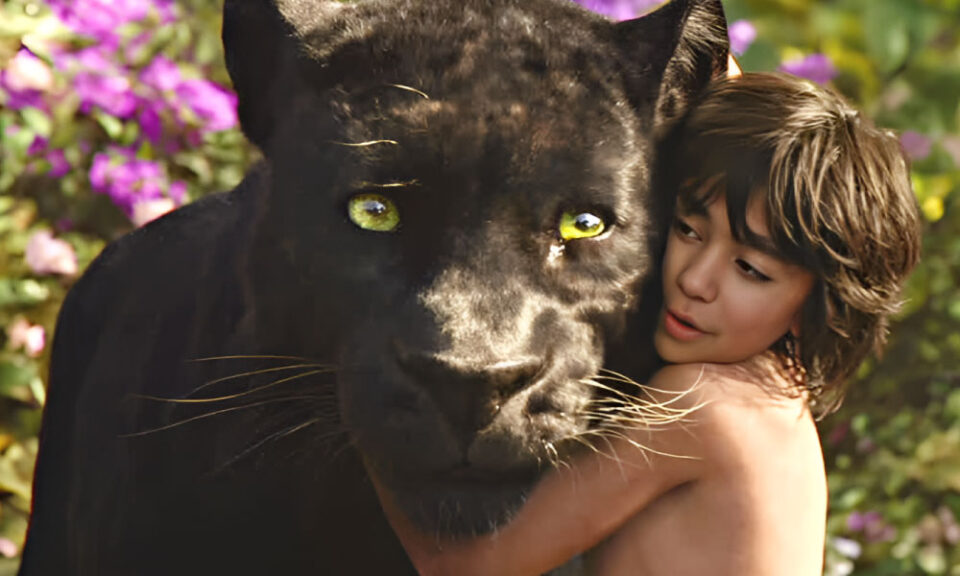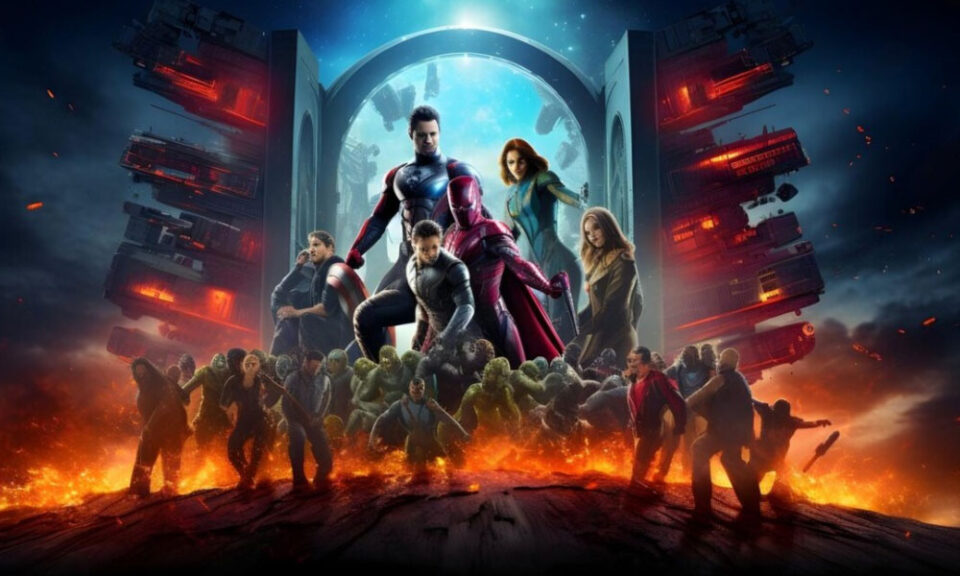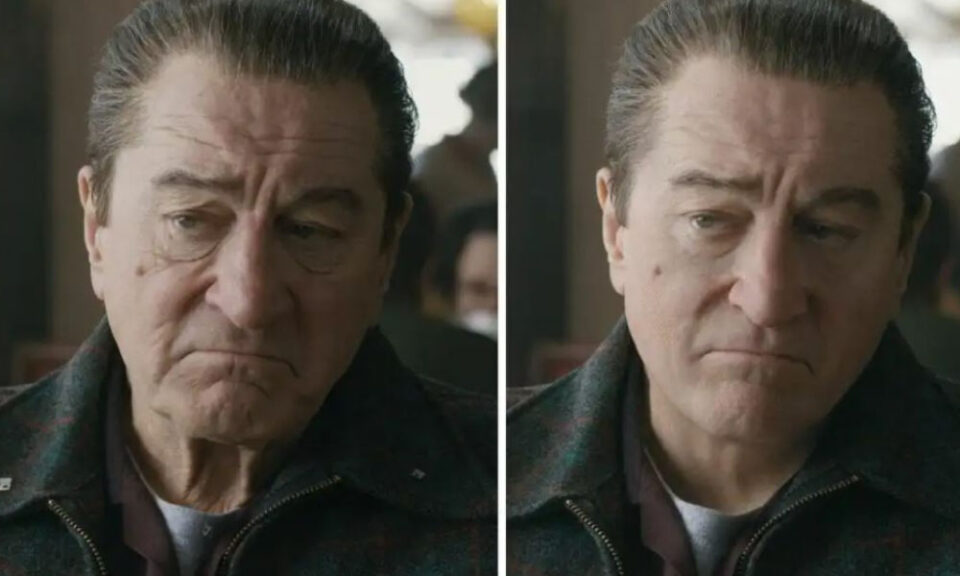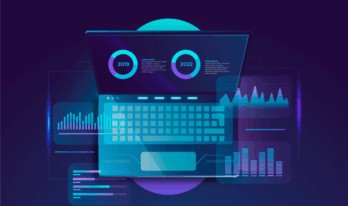Computer Generated Imagery (CGI) has revolutionized the way visual content is created, seamlessly blending the real and the imagined across film, television, and gaming. This technology allows artists to construct stunning visuals that captivate audiences, transforming storytelling and enhancing creative possibilities in various fields.
This blog will explain the meaning, working process, and characteristics of CGI. It will also discuss the roles and departments of CGI, provide a few examples of them, and discuss the future of CGI. Let’s begin!
What is Computer Generated Imagery (CGI)?
The creation of still or moving visual information using computer software is known as computer-generated imagery. CGI generally makes reference to the special effects in television, 3D computer graphics used to establish characters and scenes, and special effects in films and games. Technology is also utilized in every single thing, from engineering, advertising, architecture, virtual reality, and even art.
How does CGI work?
Film and animation visual effects departments use a variety of techniques to create and manage computer-generated imagery. One of the best examples of computer-generated imagery is a 2D pixel-based picture editor that generates the shapes that comprise pictures. These days, VFX companies may create people or objects with sophisticated computer tools that can be smoothly incorporated into existing real-life material or even whole CGI sequences.
Other techniques, such compositing - the process of layering computer-generated pictures into film - can also be used to create complex graphics. Animation takes advantage of this method.
History of CGI use
The development of computer-generated animation (CGI) has been demonstrated in a number of films and television programs during the last 60 years. The first example of CGI appeared on screen in 1958 with the opening sequence in Vertigo. Tron introduced a groundbreaking combination of live-action and CGI imagery in the early '80s.
Jurassic Park, a science fiction and action film, used advanced CGI technology in 1993, leaving a lasting impression on viewers. Toy Story, a Disney-Pixar collaboration, is considered the first film to achieve this feat.
Titanic used a combination of CGI and practical effects for parts but is now outdated by 21st-century standards. Lord of the Rings used CGI in characters, creatures, and battle scenes, but only when there was no realistic alternative.
Key Roles and Departments Involved in CGI
CGI (Computer generated imagery) is a complex and technical process that involves various roles and responsibilities. Concept artists and illustrators are produced by the art department, which turns a director's idea into visuals.
Pre-viz artists create the first 3D representation of the final visual effects shot, using artwork and basic 3D models to plan camera placement and creative requirements. The Asset Department develops new virtual assets or ones that correspond to actual items.
Research and Development (RnD) artists build new software and tools to accomplish tasks that can't be done manually. Animators control any moving object on film. A virtual camera is made by Matchmove artists for use by all departments. Particle and fluid systems, dynamic simulation, generative simulation, and FX animation are all developed and produced by FX simulation artists.
In order to isolate an element that is out of place on a separate backdrop, rotoscoping artists produce a matte or mask. Compositing layers of elements in a shot, collaborating with other VFX departments to create a photorealistic final shot.
Production roles include the VFX Producer, who works closely with the supervisor to manage the entire process, defining resources, hiring artists and crew, managing budgets, and ensuring project delivery on schedule.
Mind-Blowing Examples of CGI
- The Jungle Book (2016)

Director: Jon Favreau
Disney's 1967 animated feature, Mowgli, is reimagined with a computer-generated environment and 224 unique animals. MPC used its in-house hair system, fertility, and new software to create the creatures. The Planet of the Apes crew was in charge of destroying the ape temple, while Weta Digital took on a portion of the task.
- Avengers: End Game (2019)

Director: Anthony Russo, Joe Russo
Avengers: Endgame (2019) utilized computer generated imagery (CGI) to create a hyperrealistic experience for viewers. Thanos was digitally created with a 15-foot fake suit, while the Hulk was blended with motion capture suits for a more human-like character. The movie also featured various elements like superheroes, weapons, planes, and places.
- The Irishman (2019)

Director: Martin Scorsese
When you attempt to think of the finest computer generated imagery films, you might not immediately think of Martin Scorsese's The Irishman. However, the movie demonstrates how far de-aging special effects have come in the last several years.
Although we are aware that Robert De Niro is a method actor who has spent years preparing for his parts, he is unable to go back in time. Only CGI is capable of it. Netflix explains the process in the video above.
Future of CGI
These industries are benefiting from the innovation, creativity, and efficiency that CGI technology is bringing about, and as it develops further, we can anticipate that additional industries will follow suit. CGI has the power to transform business processes and provide viewers with captivating visual experiences.
Final Thoughts!
As CGI continues to evolve, its impact will reach even further, reshaping industries and enhancing visual storytelling. The future holds exciting possibilities, promising to deliver increasingly immersive and engaging experiences for audiences everywhere.
We did everything we could in this blog to help our readers understand the idea of computer-generated imagery. We are confident that this information will broaden your current understanding.
Continue visiting WisdomPlexus for more tech-savvy articles.
Recommended For You:
Smoke Testing Explained: A Detailed Guide to Its Importance and Drawbacks




